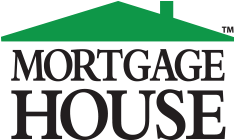What is a Self-Employed Home Loan?


The SME economy consists of an estimated $6.3 billion value in Australia. In addition, an estimated 16% self-employed individuals make up the Australian self-employed workforce that are unable to provide current financial statements. As interest in working remotely and independently grows, the lending market made changes to its lending practices for these individuals.
The self-employed home loan takes into account that this homebuyer cannot provide full financial documentation. Non-bank lenders, such as Mortgage House, use other means to verify the homeowner’s ability to repay the mortgage. For example, a loan specialist requests a financial statement.
Non-bank lenders helped pioneer these products to help the self-employed achieve their homeownership dreams. Big banks remain conservative in their lending policies. One bad loan sends a ripple effect throughout their organisation.
Our loan specialists submit your home loan application for review. After our departments take a look, they offer a set of loan terms, including the home loan rates.
For a self-employed mortgage, it’s possible to pick an investment, fixed-rate, or toggle offset home loan. Instead of submitting payslips, you’ll submit business and personal tax returns. In addition, we request personal and business financial statements. You’ll also bring a 20% deposit or proof of your ability to repay the self-employed mortgage.
A guarantor improves your borrowing capacity. Most non-bank lenders fund 80 to 95% of the appraised home’s value. Every lender provides loan terms that minimise the most risk.
Self-Employed Home Loan Conclusion
To start a self-employed home loan application, contact our loan specialists at Mortgage House. Our team is ready to answer your financial goals questions.
